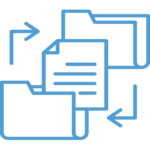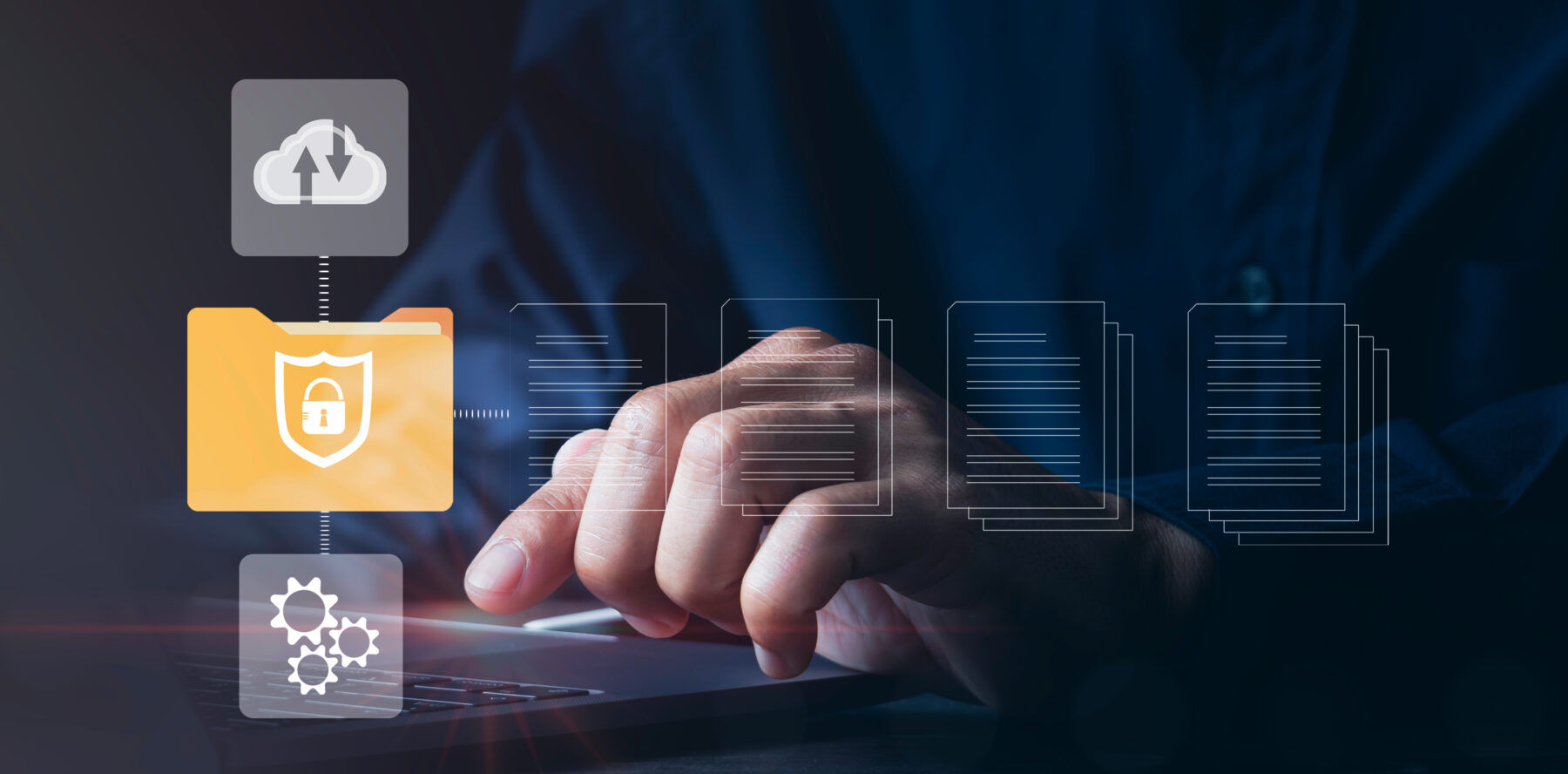NIST Cybersecurity Framework: The Gold Standard
By: Ted Hulsy, CRO, Snap Tech IT
Just like any financial and reputational risks, cybersecurity risks impact an entity’s financial health, increasing costs and reducing revenue, and, as a domino effect, they hinder innovation and customer retention. In 2022, organizations globally were besieged by over 490 million ransomware attacks (Statista, 2023), and the average cost of a data breach reached a sobering $4.35 million (IBM, 2023). So, what’s the solution to tackle these dangers? Properly implementing a cybersecurity framework.
Upon its 2014 release, the National Institute of Standards and Technology Cybersecurity Framework (NIST CSF) set a gold standard for cybersecurity and enhancement for businesses, and it quickly became a favored model known for its simplicity and ease of implementation. Let’s take a more in-depth look at the facets and benefits of this comprehensive cyber framework:
What is the NIST Cybersecurity Framework (NIST CSF)?
The 2014 Cybersecurity Enhancement Act empowered the NIST to create cybersecurity risk frameworks for voluntary use by critical infrastructure owners. As such, the NIST CSF aims to establish adaptable, cost-effective cybersecurity measures for identifying, assessing, and managing cyber risks.
As of August 2023, NIST actively collaborates with the cybersecurity community to develop CSF 2.0, aligning it with leading practices and guidance resources while preserving its original objectives. NIST is actively seeking feedback on this draft revision, particularly regarding its alignment with current and anticipated cybersecurity challenges and alignment with industry-leading practices. NIST CSF centers on five core functions: Identify, Protect, Detect, Respond, and Recover, each vital in safeguarding organizations against cyber threats.
 Identify
Identify
1. Identify focuses on recognizing critical assets, assessing risks, and establishing a foundation for asset management. Some pursuits include identifying assets, understanding the business environment, evaluating cybersecurity policies, pinpointing vulnerabilities, and developing a Supply Chain Risk Management strategy.
 Protect
Protect
2. Protect shields critical assets from cyber threats through Identity Management, Access Control, Awareness, Training programs, Data Security, and Information Protection.
Detect
3. Detect allows organizations to spot cyber incidents promptly by establishing monitoring and detection systems, creating protocols for anomaly detection, verifying protective measures, and assessing detection processes. Measuring against detection standards guarantees the proactive identification of incidents.
 Respond
Respond
4. Respond focuses on actions during and after cyber incidents. It includes planning for incident mitigation, establishing communication protocols with stakeholders, and conducting an analysis plan.
 Recover
Recover
5. Recover restores resilience and minimizes damage post-incident. It involves implementing recovery planning processes, improving strategies based on industry standards, and coordinating communications during and after recovery.
How Can the NIST CSF Help Businesses?
The Federal Trade Commission outlines that the NIST Cybersecurity Framework “helps businesses of all sizes better understand, manage, and reduce their cybersecurity risk and protect their networks and data.” With this information, businesses can clearly decide how much to invest in cybersecurity. Based on the consequences, businesses may take precautions, pass the risk on to someone else, do nothing, or accept the risk altogether. Any adjustments to cybersecurity procedures may be quantified and shared with stakeholders through well-implemented risk management processes.
What is a Cybersecurity Risk Assessment?
The digital risks the business faces, the efficacy of present cybersecurity measures, and the desired outcome should all be explored before settling on a solution. Businesses’ unique compliance needs, asset values, and risk profiles result in different requirements for enhancing cybersecurity. Strategic cyber decision-making starts with cybersecurity risk assessment, which involves the meticulous identification, analysis, and evaluation of potential risks to safeguard the organization’s digital infrastructure. In addition, some regulatory mandates require regular security assessments to safeguard sensitive data. Even without a legal requirement, conducting an assessment is a prudent step in readiness for compliance audits.

Leveraging NIST CSF in Cybersecurity Risk Assessments
Whether companies have an outsourced IT service provider partner or not, the NIST CSF is an excellent framework to understand and manage business risks. For companies going it alone, the NIST CSF can help guide your cybersecurity strategy and planning. Start with aligning your efforts with NIST CSF subcategories, ensuring a comprehensive baseline. From there, focus on defining mission objectives for your cybersecurity goals and prioritizing processes based on risk levels.
Among the NIST CSF functions, “Identify” is fundamental – it involves building an accurate asset inventory, understanding critical assets, and identifying vulnerabilities. Think of “Identify” as the sensory perception of your cybersecurity program, providing direction.
The “Protect” category is often an area where companies have the most investments already, with basic cybersecurity solutions such as firewalls and endpoint protection systems. It is extremely common for growing companies to have gaps in the area of detection because next-generation security solutions are often missing. For example, few small businesses are using Managed Detection and Response (MDR,) which is designed to catch active security incidents.
To beef up the “Detect” category, organizations will likely need new solutions and cybersecurity investments.
Regardless of your program’s strength, breaches can still occur. Be prepared with a plan for addressing data breaches and restoring systems in the event of an attack. “Respond” and “Recover” represent the prevailing recovery mechanisms within the NIST CSF.
At Snap Tech IT, we leverage the NIST CSF in our IT Discovery & Cybersecurity Risk Assessment process. By using a well-defined standard, we can benchmark prospective clients, while identifying and prioritizing key areas of improvement and investment. The NIST CSF provides a common language and yardstick to measure a company’s cyber maturity across 108 different controls. After benchmarking and analyzing a client’s environment, we then develop an IT and cybersecurity roadmap to show the client how to evolve and advance their cybersecurity posture based on the findings of the assessment.
Bottom Line
For those just starting to build their cybersecurity programs and guidelines, the NIST CSF offers a structured and well-defined approach. It provides clarity on where to start, what to prioritize, and how to gradually build your program’s resilience. Even for organizations with well-established and mature cybersecurity programs, the NIST CSF continues to be an indispensable asset as a benchmarking tool, allowing you to assess your current cybersecurity posture against industry standards and best practices.